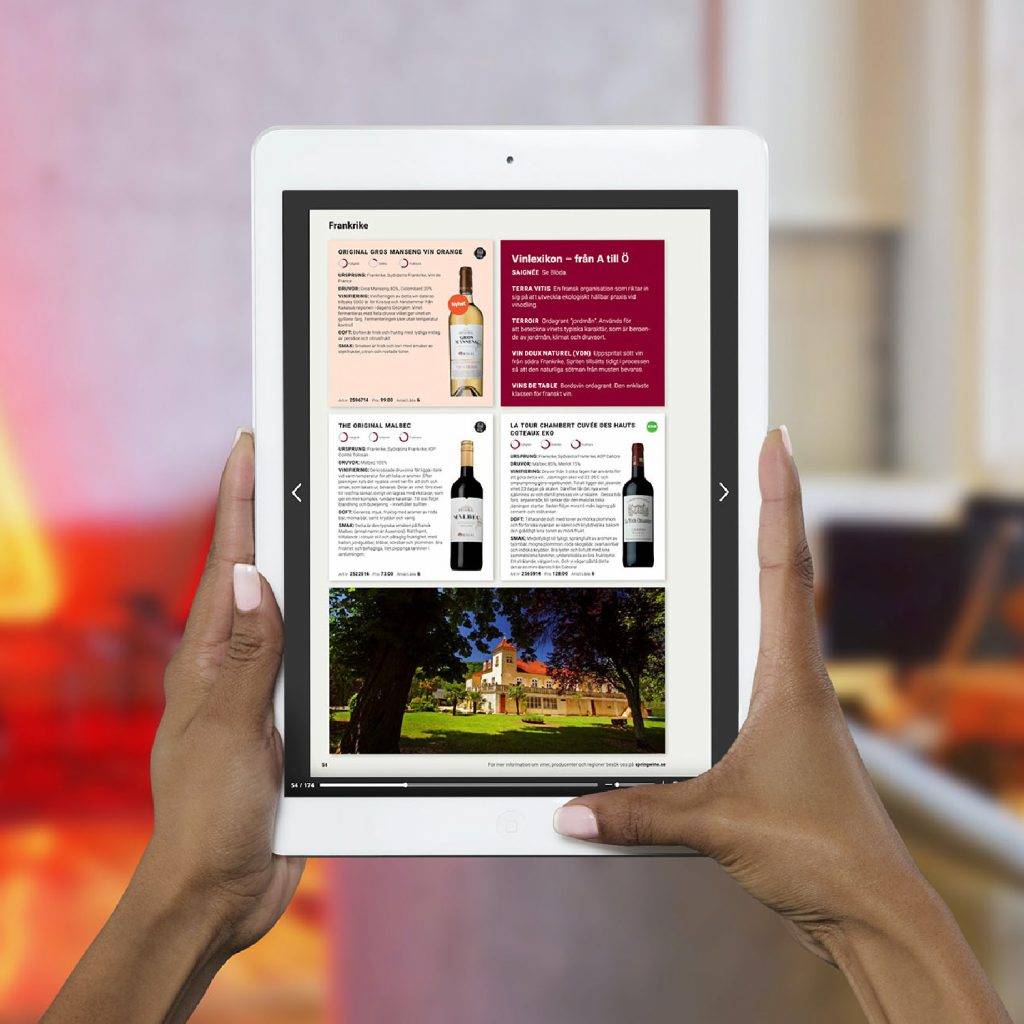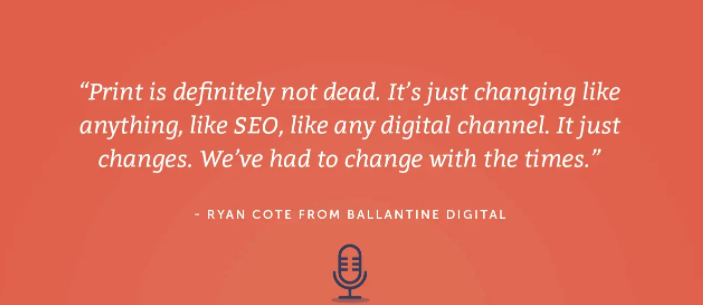Is print dead? Not if you want a unified customer experience.
blog
February 23, 2022Commerce today means leveraging a modern print solution.
Product catalogs and printed materials have always been critical components of any marketing mix. But in today’s fast-paced, tech-savvy world, leveraging printed materials has not been easy. Why? For many organizations, the print process and production are old
However, times are happily changing.
Print production traditionally involves a long and complex process that typically lasts several months, especially when creating a print catalog for large industrial manufacturing organizations and global retailers. In addition, your product, marketing, content, and merchandising teams spend time checking and re-checking product data, verifying translations, image quality, and more before publishing. Much of these steps are manual. As a result, managing and updating your print catalog and other printed materials like spec sheets or manuals via traditional methods can be error-prone and slow at best.
Modern commerce requires a much better and integrated approach to print.
To meet the needs of today’s buyers, catalogs and other printed materials need to be created in an agile way with speed and efficiency. Time to market is a competitive differentiator. And, localizing content, optimizing images, and ensuring accuracy and consistency of content across online and offline channels isn’t easy, but it’s possible. It even might hold the key to increasing sales and act as a way to cut through
A recent study via Harvard Business Review shows that by adding a print catalog, a luxury retailer experienced a 28% lift in sales and a 600% ROI by adding print catalogs. That’s a great proof point to leverage the power of print into the marketing mix. But you still need to do it the right way by leveraging the technology and processes that scale.
How to leverage print for a unified customer experience?
visually showcase products in print and digital catalogs
The beauty of printed materials and digital catalogs is the power of the image. It cuts through the noise of digital and offers a way to stand out. The HBR article calls it “vividness,” and attributes that to the experiential influence on purchases. A printed catalog or other print materials help build a connection with the buyer. The rich images help tell the product story better than words at times.
Digital photography and 3-D technology let shoppers “feel” the image and see details that are
why the old ways of print are dead
Spendrups International, a beverage company in Sweden knows about modern Print capabilities. By utilizing inriver PIM solution with Print, Spendrups produced a massive 172-page catalog in less than two months—a considerable time-savings.

Without leveraging their PIM solution to act as the central hub for all content assets, the production requirements of the catalog would have been extensive. Formatting the catalog for digital usage, including categorization of products, pricing, and optimizing descriptions would not have been possible. As it stands,
omnichannel means scale
The key to engagement (sales) today is offering both printed and digital offerings to fit the needs of the buyer, per channel, and based on their buyer preferences. Attempting to do this the old, manual way is dead. A unified customer experience is required to succeed in commerce.
By leveraging a PIM solution with Print, you can automate tedious processes that were once manual, quickly outdated, and error-prone. In addition, a PIM solution makes getting products to market faster and keeps pace with changing assortments and buyer demands. And consistency is key. Delivering accurate and rich product content across channels drives a compelling omnichannel experience. Hello Modern Print!
